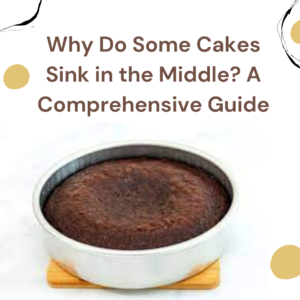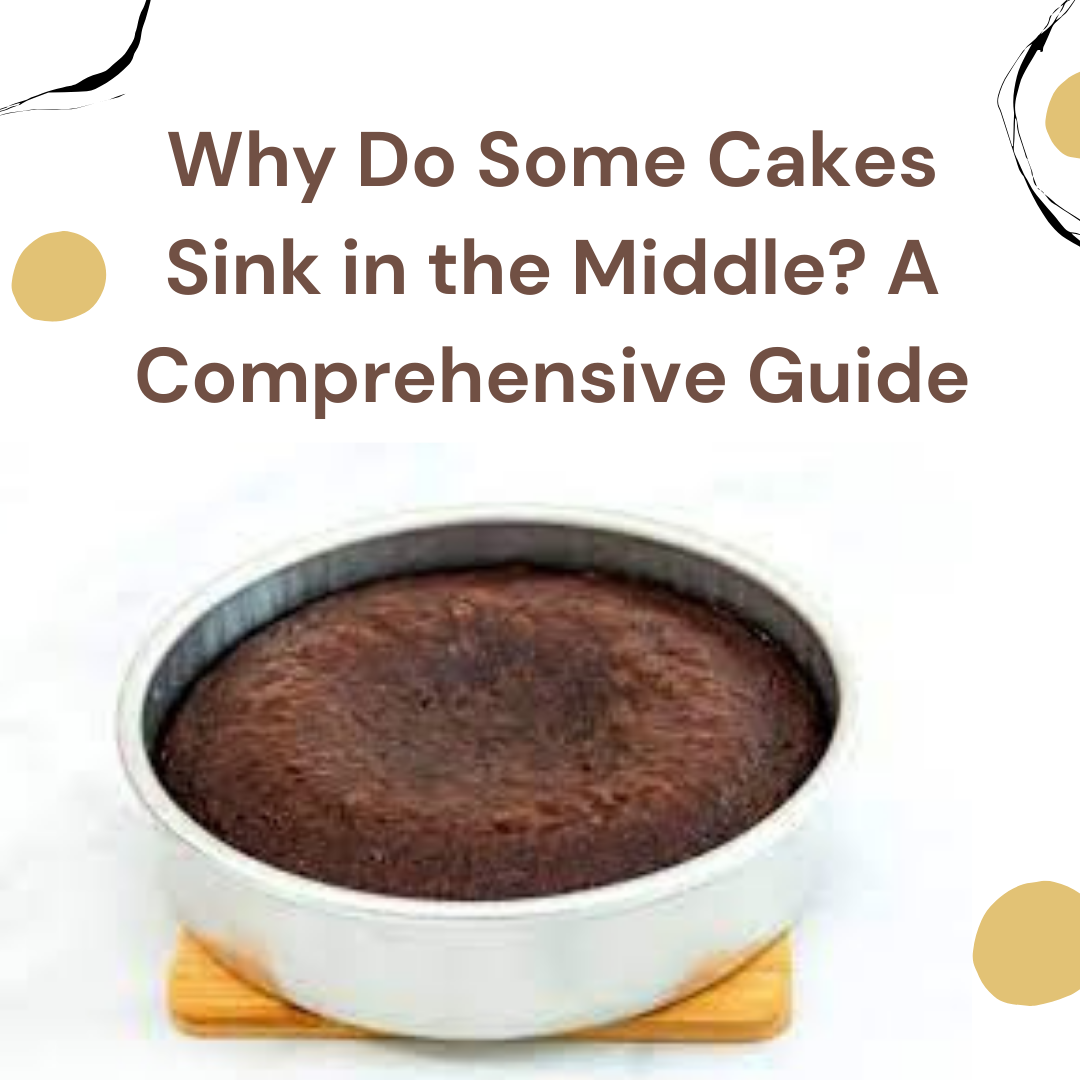
Why Do Some Cakes Sink in the Middle? A Comprehensive Guide
Introduction
There’s nothing more disappointing than biting into a cake that’s sunk in the middle. But why does this happen? And what can you do to prevent it?
In this blog post, we’ll discuss the science of baking and explain why cakes sink in the middle. We’ll also provide tips on how to avoid this common problem.
The science of baking
When you bake a cake, the ingredients are mixed together to form a batter. The batter is then heated in an oven, which causes the ingredients to react and the cake to rise.
The main ingredients in a cake batter are flour, sugar, eggs, butter, and milk. The flour provides the structure for the cake, while the sugar, eggs, and butter give it flavor and texture. The milk helps to moisten the cake and make it tender.
When the cake batter is heated in the oven, the water in the batter evaporates and the proteins in the flour and eggs denature. This denaturation process causes the proteins to unfold and form new bonds, which gives the cake its structure.
Why do cakes sink in the middle?
Cakes sink in the middle for a few different reasons:
- Underbaking: If a cake is not baked long enough, the center will not have time to set and will sink.
- Too much leavening agent: Leavening agents, such as baking soda and baking powder, help cakes to rise. However, too much leavening agent can cause the cake to rise too quickly and then collapse.
- Not enough flour: Flour provides the structure for the cake. If there is not enough flour in the batter, the cake will not be able to support its own weight and will sink.
- Incorrect oven temperature: If the oven temperature is too low, the cake will not bake evenly and will sink in the middle. If the oven temperature is too high, the outside of the cake will cook too quickly while the inside is still raw. This can cause the cake to rise too quickly and then collapse.
- Opening the oven door too early: When you open the oven door, the temperature in the oven drops. This can cause the cake to stop rising and sink in the middle.
How to prevent cakes from sinking in the middle
Here are a few tips on how to prevent cakes from sinking in the middle:
- Make sure to bake the cake long enough. Use a toothpick to test if the cake is done. Insert the toothpick into the center of the cake. If the toothpick comes out clean, the cake is done.
- Use the correct amount of leavening agent. Be sure to follow the recipe carefully.
- Make sure to add enough flour to the batter. The batter should be thick enough to coat a spoon, but not so thick that it is difficult to stir.
- Preheat the oven to the correct temperature. Use an oven thermometer to make sure that the oven is at the correct temperature before you start baking.
- Don’t open the oven door until the cake is almost done. Wait until the last 10 minutes of baking to check on the cake.
Additional tips for baking perfect cakes
Here are a few additional tips for baking perfect cakes:
- Use room temperature ingredients. This will help the ingredients to blend together more evenly.
- Don’t overmix the batter. Overmixing can develop the gluten in the flour, which can make the cake tough.
- Use a greased and floured cake pan. This will help to prevent the cake from sticking to the pan.
- Let the cake cool completely before frosting it. This will help to prevent the cake from cracking.
Additional resources for baking recipes
Here are a few additional resources for baking recipes:
- The Pioneer Woman: https://thepioneerwoman.com/
- Sally’s Baking Addiction: https://sallysbakingaddiction.com/
- Gimmie Some Oven: https://gimmesomeoven.com/
- Allrecipes: https://www.allrecipes.com/
- Food Network: https://www.foodnetwork.com/
What is your favorite type of cake? Share your recipe in the comments below!
Conclusion
Cakes sink in the middle for a few different reasons, but there are a few things you can do to prevent it. By following the tips in this blog post, you’ll be able to bake perfect cakes every time!
